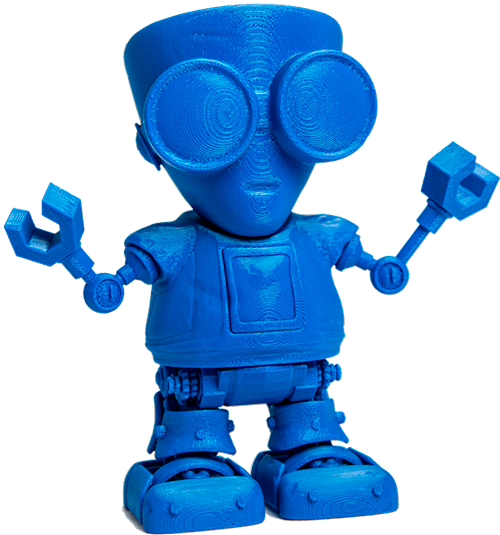The Dynamic History And Future Trends In 3D Printing Technology
The technology of 3D printing, also known as additive manufacturing, has undergone significant historical changes since its inception in the 1980s. Here’s a timeline highlighting some key advancements and changes in 3D printing technology:
1980s:
- Invention of Stereolithography (SLA):
- Charles W. Hull invented SLA, the first 3D printing technology. It involved curing layers of liquid resin with ultraviolet light to create 3D objects.
1990s:
- Introduction of Selective Laser Sintering (SLS):
- Carl Deckard and Joseph Beaman developed SLS, which uses a laser to sinter powdered material, typically nylon or metal, layer by layer.
2000s:
- Fused Deposition Modeling (FDM) Patent Expires:
- Stratasys’ FDM patent expired, leading to the democratization of FDM technology. This allowed for the creation of open-source 3D printers like the RepRap.
- Rapid Growth of Desktop 3D Printers:
- The emergence of affordable desktop 3D printers, such as the MakerBot Cupcake CNC and Prusa Mendel, brought 3D printing to enthusiasts and small businesses.
2010s:
- Advancements in Materials:
- Expansion of printable materials beyond plastics, including metals, ceramics, and biocompatible materials, broadening the range of applications.
- Carbon 3D’s CLIP Technology:
- Carbon introduced Continuous Liquid Interface Production (CLIP), a new resin-based technology that significantly increased printing speed compared to traditional SLA.
- Multi-Material Printing:
- Development of multi-material 3D printing, allowing the creation of objects with different material properties in a single print job.
- Bioprinting Milestones:
- Progress in bioprinting technology, with successful experiments in printing living tissues and organs using various bioinks.
2020s:
- Large-Scale 3D Printing:
- Advancements in large-scale 3D printing for applications in construction and infrastructure, including the printing of houses and even entire bridges.
- AI and 3D Printing Integration:
- Integration of artificial intelligence (AI) to optimize printing parameters, predict potential issues, and generate complex designs automatically.
- Sustainability Focus:
- Increasing emphasis on sustainability with the development of eco-friendly filaments, recycling initiatives, and the exploration of more sustainable 3D printing practices.
- Metal 3D Printing Advances:
- Significant strides in metal 3D printing technology, expanding its use in aerospace, automotive, and healthcare industries.
Future Trends:
- Nanotechnology Integration:
- Ongoing research on integrating nanotechnology into 3D printing for enhanced material properties and precision.
- 5D Printing Exploration:
- Exploration of “5D printing,” incorporating the dimension of time into the printing process for dynamic and responsive materials.
- Space-Based 3D Printing:
- Advancements in 3D printing technology for use in space exploration, including the development of space-ready 3D printers.
The history of 3D printing reflects a continuous evolution, with ongoing research and innovation expanding the possibilities of this transformative technology. As 3D printing continues to advance, it will likely play an increasingly vital role in various industries, from manufacturing to healthcare and beyond.


